A house is a complex system of components that must interact synergistically in order to achieve excellent performance. Too often, components are selected on individual ratings without regard to the interaction among the components under actual operation. Treating a house as a system of inter-related components significantly impacts a home’s economic efficiency, too. For example, a house with electric resistance heating should have thicker insulation than a house with a heat pump, because heating with inefficient electric heat is more expensive.
Figures 1-4 illustrate a progression of “house efficiency” through common component choices for house space heating, water heating, and fresh air ventilation. Figure 1 depicts a home with electric resistance space heating and electric resistance water heating coupled with a CERV fresh air conditioner. Although heat pumps are more expensive than electric resistance heaters, they are much more efficient and generally pay for the extra capital cost through lifetime energy savings.
In the Figure 1 house with electric heater and electric water heater, the one-to-one degradation of electrical energy into thermal energy is the most inefficient manner for obtaining heat, although manufacturers of electric heaters will proclaim an “efficiency” of 100% conversion of electricity into heat. The CERV’s heat pump is shown as operating with an “efficiency” of 2. Efficiency is called a “Coefficient of Performance”, or COP, for air conditioners and heat pumps. For a heat pump with a COP of two, 2 units of heat are supplied by the CERV for each unit of electrical energy used to power the CERV. An overall house coefficient of performance can be determined by adding the amount of desired heating and cooling energy, and dividing that amount by the total amount of electrical energy used. For Figure 1, 4 units of house heat, 3 units of water heat, and 3 units of CERV heat are supplied to the home to keep it comfortable with adequate fresh air and the desired amount of hot water. The 10 units of desired heat required 8 units of electrical energy, for an overall house efficiency of 125% (or house COP of 1.25).
In Figure 2, we assume that someone decides to upgrade to a heat pump water heater while using an electric resistance heater for comfort conditioning. During the winter, even though the heat pump water heater heats water much more efficiently than an electric resistance water heater (heat pump water heater COP=3, electric resistance water heater COP=1), the combination of electric resistance house heating, heat pump water heater and CERV is exactly the same house system efficiency as derived for Figure 1. Even though the heat pump water heater is efficient, because the heat supplied to the house is electric resistance heat, the heat pump water heater, in effect, is operating with the same efficiency as an electric resistance water heater.
Figure 3 shows the effect of substituting a heat pump for the house electric resistance heater while using an electric resistance water heater. We see that this combination is better than the electric space heater for the house with a heat pump water heater because we realize an efficiency gain through the house heat pump. The house system COP is 1.88 compared to 1.25, or 50% better house energy performance than the Figure 2 combination. Note that the cost for a heat pump water heater and a mini-split heat pump are similar enough that one might find designers and homeowners selecting between one or the other option.
Figure 4 shows the effect of using heat pumps for space heating, water heating and fresh air ventilation. The overall house efficiency doubles to 250% (house system COP of 2.5) from the electric resistance space and water heat case. Note that the component efficiencies and energy amounts depicted in the example plots are reasonable, and the house system efficiency results of the examples are quite realistic.
Similar effects occur during cooling season, however, the situation is somewhat complicated by the need to dehumidify (condense) moisture from the inside air in order to maintain comfortable conditions. Figure 5 depicts a home with an electric resistance water heater coupled with a house air conditioner and a CERV fresh air ventilator.
The air conditioner removes 4 units of heat (see Figure 5) and 2 units of moisture energy, or latent heat. 2 units of electrical energy are required for operating the air conditioner. Note that energy is conserved, with 8 units of heat exhausted outside by the air conditioner balanced with 8 units of energy described above. The electric water heater, as before, requires 3 units of electrical energy in order to produce 3 units of heated water. The CERV reverses itself to provide cooling and dehumidification. Adding the total house cooling energy (6 ½ units) and dehumidification energy (2 ½ units) with the energy of the hot water (3 units), and dividing the desired total energy quantity by the electrical energy (6 units) required to produce the desired heating and cooling yields a house summer system efficiency of 200% (house system COP = 2).
Figure 6 substitutes a heat pump water heater in place of the electric water heater in addition to the house air conditioning and heat pump fresh air ventilation. During the summer, a heat pump water heater has a dual contribution to the house. The heat pump water heater removes heat and moisture from the house interior while heating water. In effect, the heat pump water heat contributes to your comfort while providing hot water. Note that the desired energy amounts are exactly the same as discussed with Figure 5. The amount of electrical energy has been further reduced with the use of heat pumps for space cooling and dehumidification, water heating and ventilation energy recovery. Overall, the Figure 6 house system has an efficiency of 360% in comparison with Figure 5’s 200%! Again, the energy unit values have been selected to be realistic levels for space cooling and dehumidification coupled with water heating and ventilation requirements.
House energy performance requires whole house system analysis. Disregarding the interrelation of house envelope, home comfort conditioning, water heating, ventilation and appliance/plug load impacts can lead to poor house energy performance and excessive energy costs.
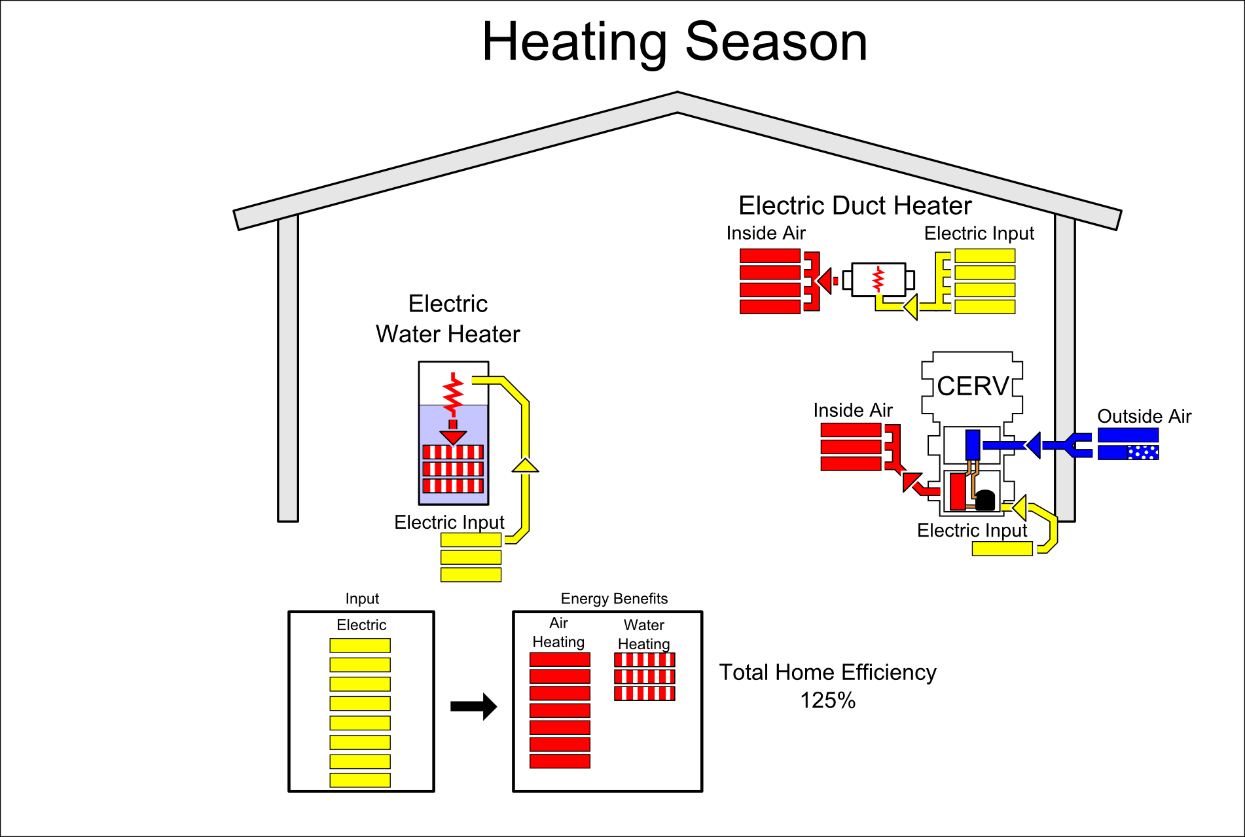
Figure 1 Winter with electric resistance heat, electric resistance water heat and CERV fresh air ventilation.
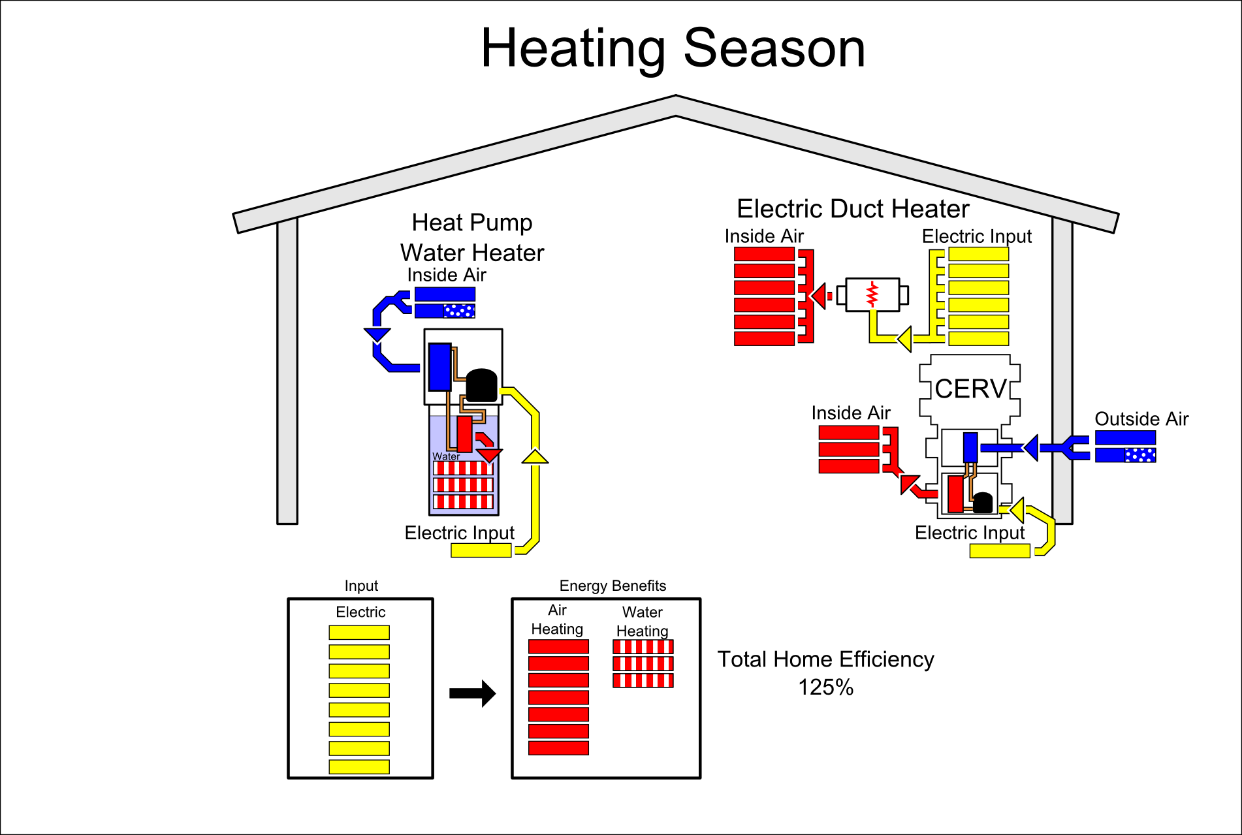
Figure 2 Winter with electric resistance heat, heat pump water heater, and CERV fresh air ventilation.
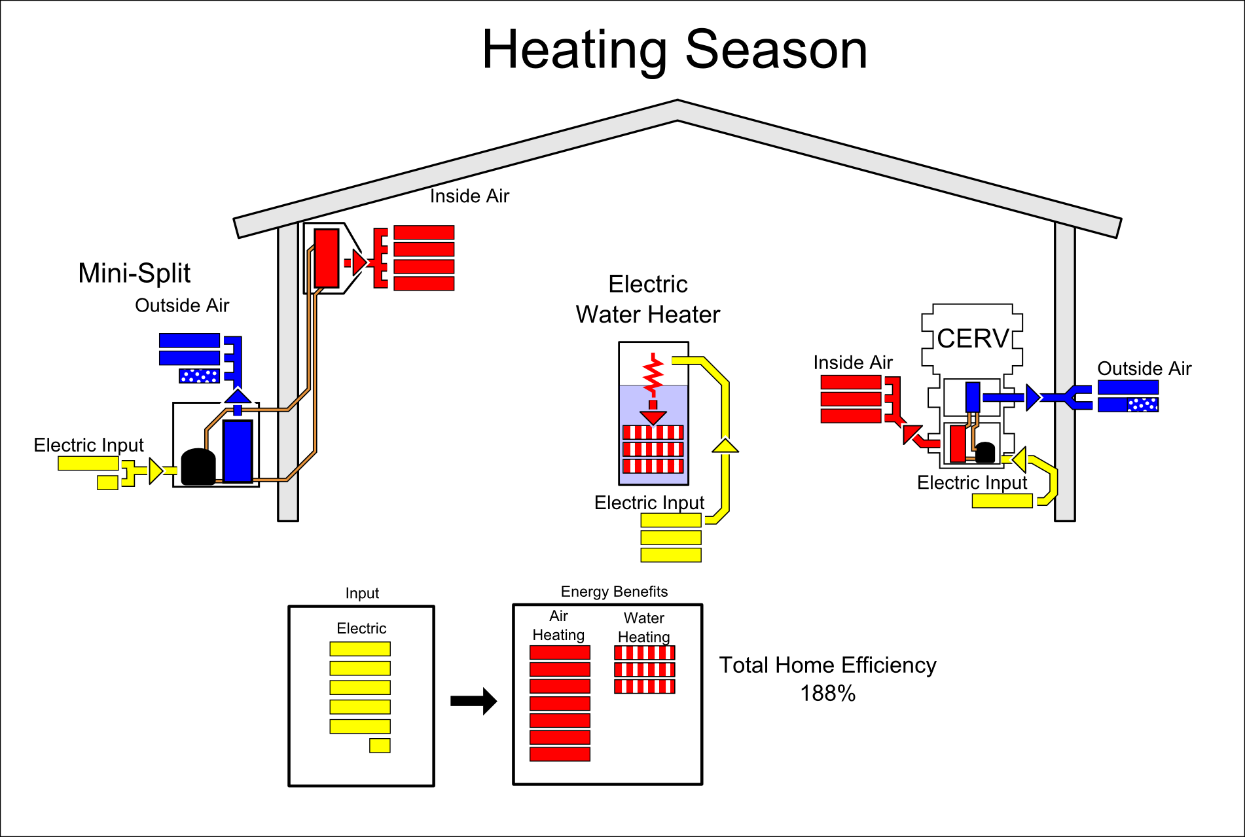
Figure 3 Winter house heat pump, electric resistance water heat, and CERV fresh air ventilation.
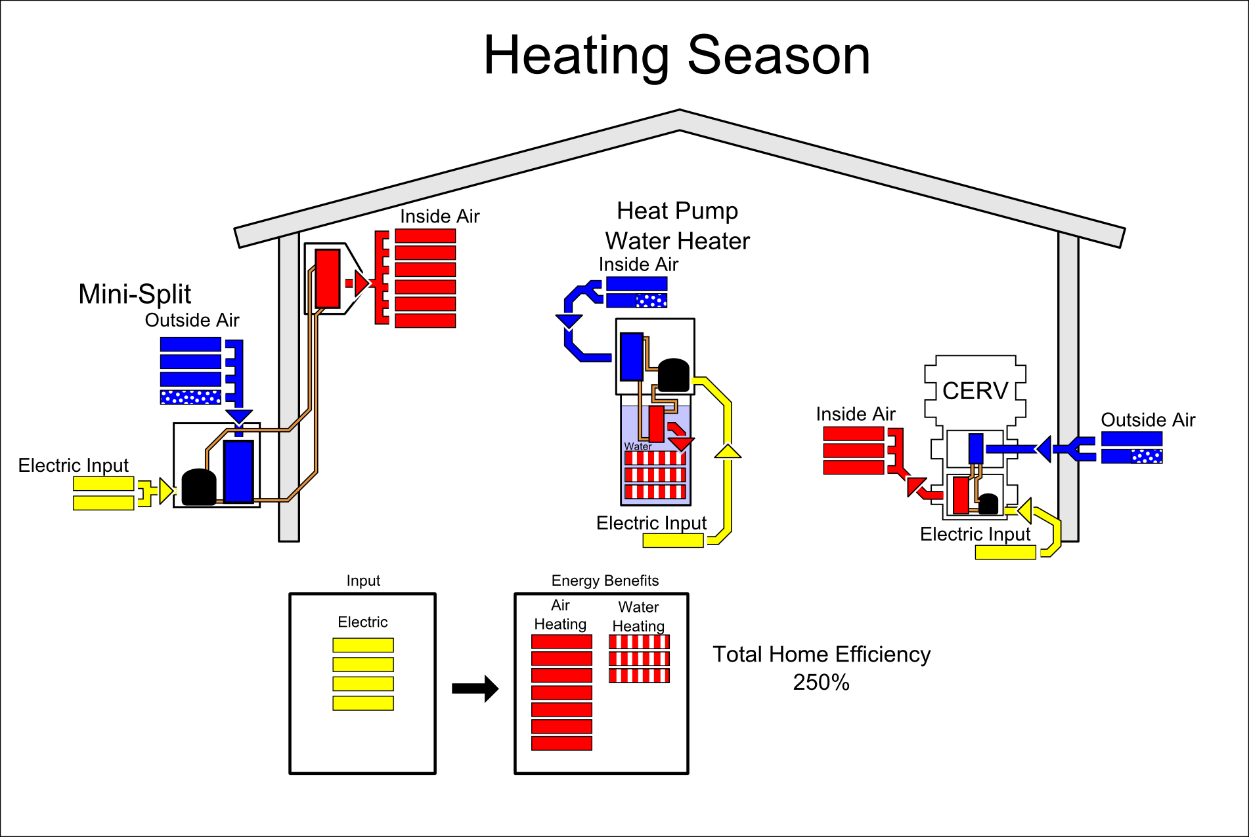
Figure 4 Winter with house heat pump, heat pump water heater and CERV fresh air ventilation.
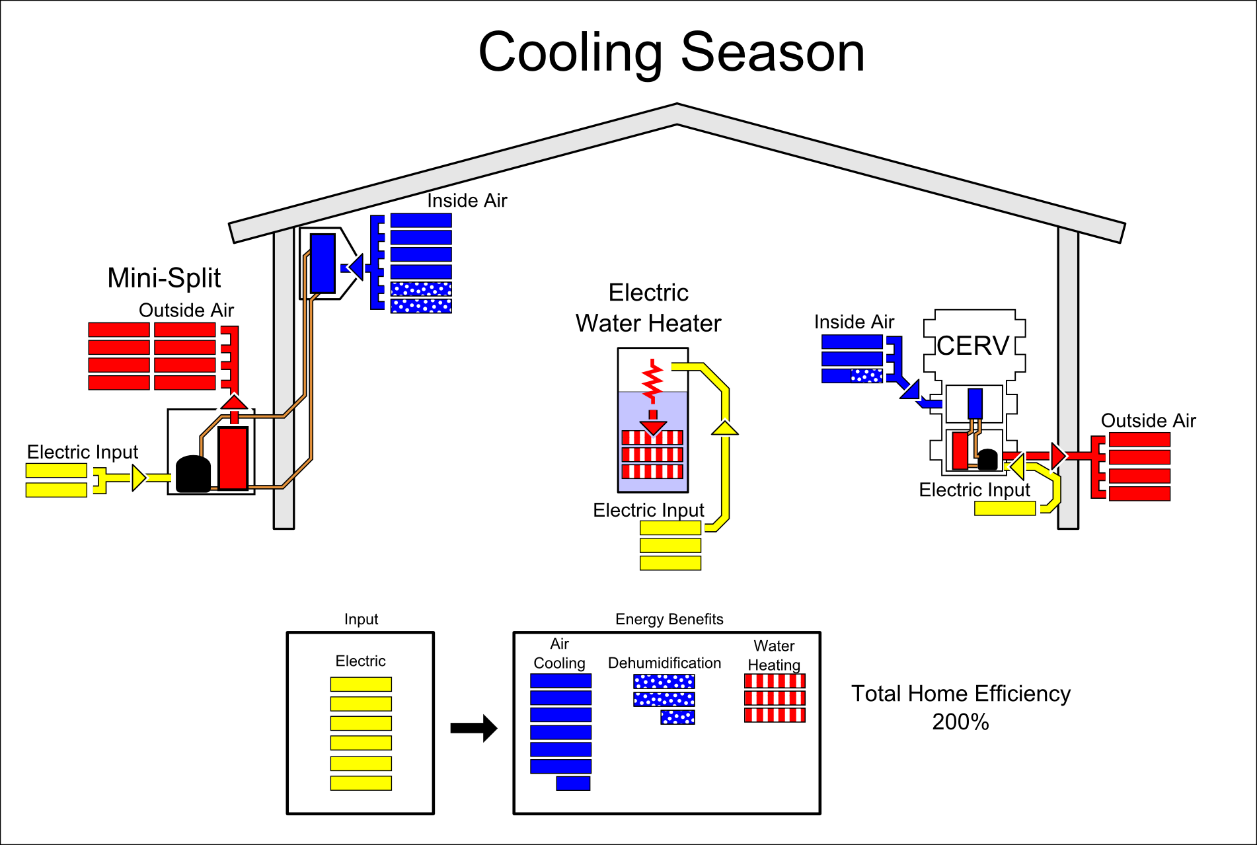
Figure 5 Summer with house air conditioning, electric resistance water heater, and CERV fresh air ventilation.
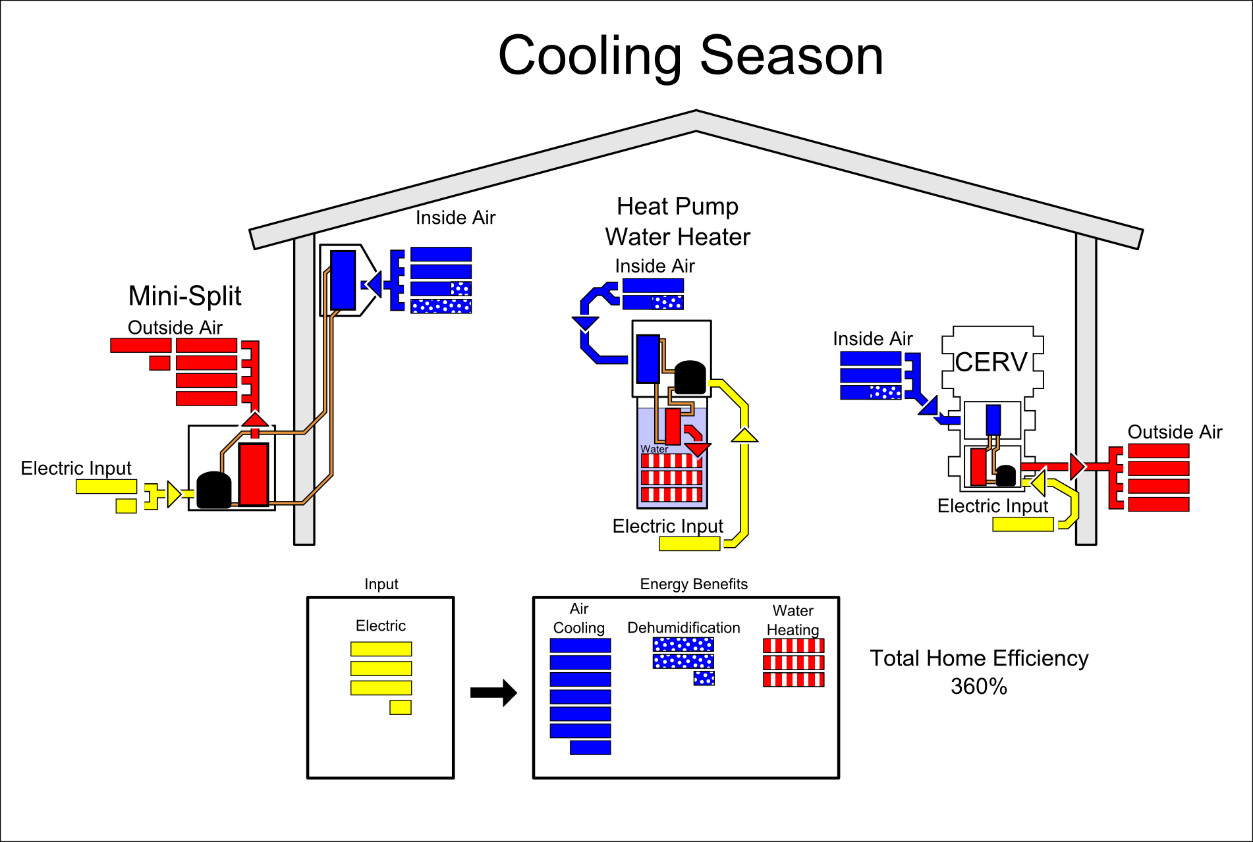
Figure 6 Summer with house air conditioner, heat pump water heater, and CERV fresh air ventilation system.























